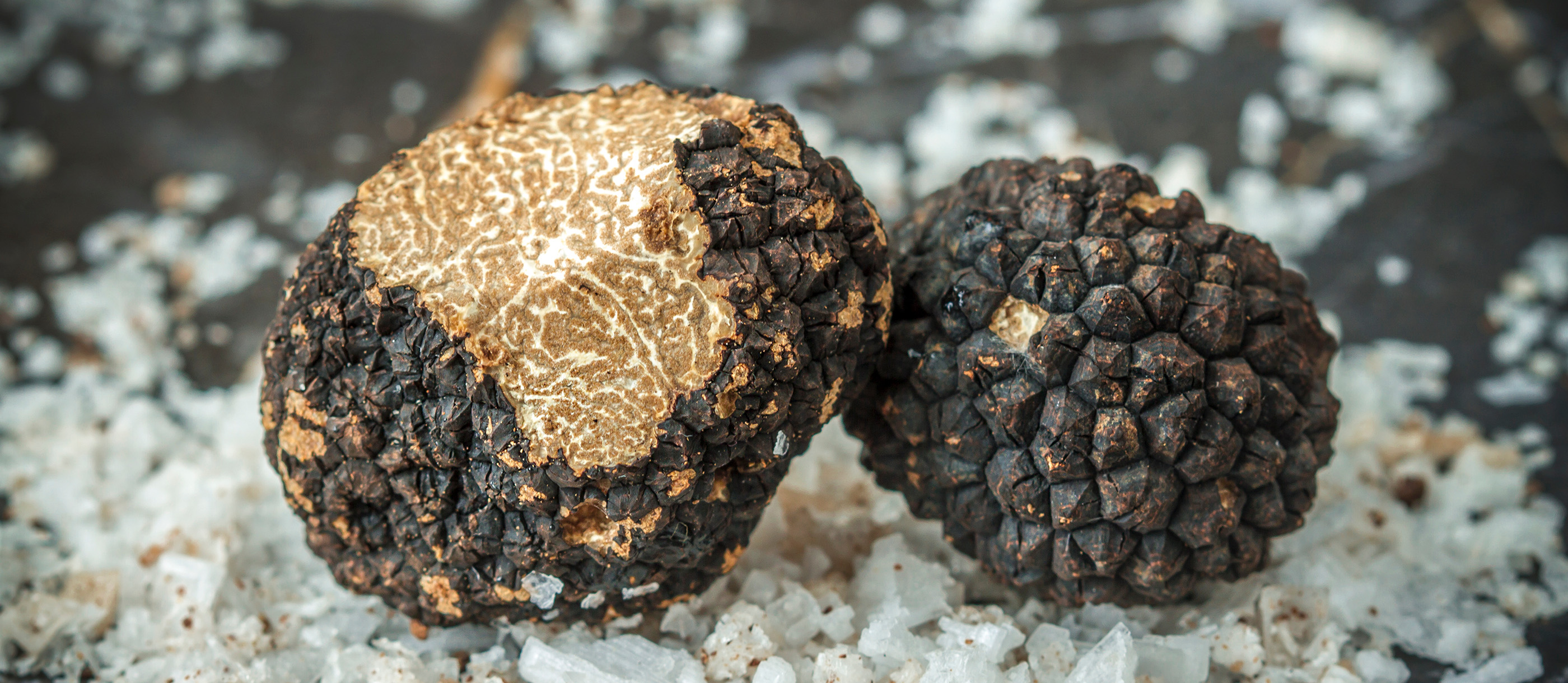Comprehensive Study Report on Fresh Truffles: Varieties, Market Dynami…
페이지 정보
작성자 Jose 작성일 25-11-06 15:56 조회 3 댓글 0본문
Introduction to Truffles
Truffles, the subterranean fungi of the Tuber genus, are prized for their aromatic and culinary value. Among the most coveted species are Tuber magnatum (white Alba truffle), Tuber melanosporum (black Périgord truffle), and Tuber aestivum (summer truffle). These fungi form symbiotic relationships with tree roots and thrive in specific climates, such as Italy’s Piedmont region (for white truffles) and France’s Périgord (for black truffles).
Key Truffle Varieties and Pricing
- White Truffles (Tuber magnatum): Fresh Tuber magnatum commands prices upwards of $3,000–$5,000 per kilogram, depending on harvest yield and quality. Its intense aroma and rarity make it a luxury ingredient.
- Black Truffles (Tuber melanosporum): Black Périgord truffles range from $800–$1,500/kg. Summer truffles (Tuber aestivum) are more affordable, priced at $200–$400/kg.
- Lesser-Known Varieties: Tuber brumale and Tuber macrosporum are niche varieties, often sold at lower prices ($100–$300/kg). Tuber borchii (bianchetto truffle) mimics white truffle aroma but costs significantly less.
The global truffle market thrives on both fresh and processed products. Key trends include:
- Wholesale Channels: Bulk sales of frozen Summer truffle truffles (e.g., frozen white or black truffles) cater to restaurants and retailers, offering year-round availability. Prices for frozen products are 20–30% lower than fresh equivalents.
- Retail Innovations: Dehydrated truffle slices, minced truffle preserves, and truffle-infused oils (e.g., tartufata sauce) appeal to home cooks. Online platforms like TruffleHunter and Urbani dominate direct-to-consumer sales.
- Sourcing Challenges: Climate change and deforestation threaten wild truffle habitats, driving interest in cultivated varieties. Italy and Spain lead in Tuber melanosporum cultivation.
- Fresh and Frozen Use: Fresh truffles are shaved over pasta, risotto, or eggs. Frozen truffles retain 80–90% of their aroma and are ideal for cooked dishes.
- Processed Products: Minced black truffles in olive oil or truffle carpaccio enhance sauces and spreads. Dried truffles, though less potent, add umami to stocks and soups.
- Truffle Oils: High-quality oils blend olive oil with natural truffle extract, while cheaper versions use synthetic compounds.
Truffle-hunting dogs are trained using scent kits containing truffle oil or frozen truffle fragments. Key considerations include:
- Safety: Truffle oil for dogs should be free of additives like garlic or onion. Small doses are safe, but excessive consumption may cause digestive issues.
- Training Kits: Commercial kits include truffle-scented toys and reward systems to reinforce detection behavior. Breeds like Lagotto Romagnolo excel in truffle hunting.
- Fresh Truffles: Store in airtight containers with rice (to absorb moisture) at 2–4°C; shelf life is 7–10 days.
- Long-Term Solutions: Freezing (-18°C) preserves truffles for 6–8 months. Dehydration or vacuum-sealing extends usability but diminishes aroma.
- Sustainability: Overharvesting and habitat loss threaten wild truffle populations. Certified foragers adhere to seasonal restrictions (e.g., white truffle season: October–December).
- Price Volatility: Truffle prices fluctuate based on harvest yields, weather, and demand. Auctions in Alba, Italy, set global benchmarks for Tuber magnatum.
Truffles remain a symbol of gastronomic luxury, with applications spanning haute cuisine to specialized canine training. Market growth hinges on sustainable harvesting, technological advancements in cultivation, and consumer education on product authenticity. As demand rises, innovations in preservation and ethical sourcing will shape the future of this enigmatic delicacy.

- 이전글 What NOT To Do With The Buy B1 Certificate Industry
- 다음글 The History Of Composite Door Company In 10 Milestones
댓글목록 0
등록된 댓글이 없습니다.


